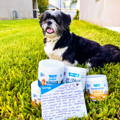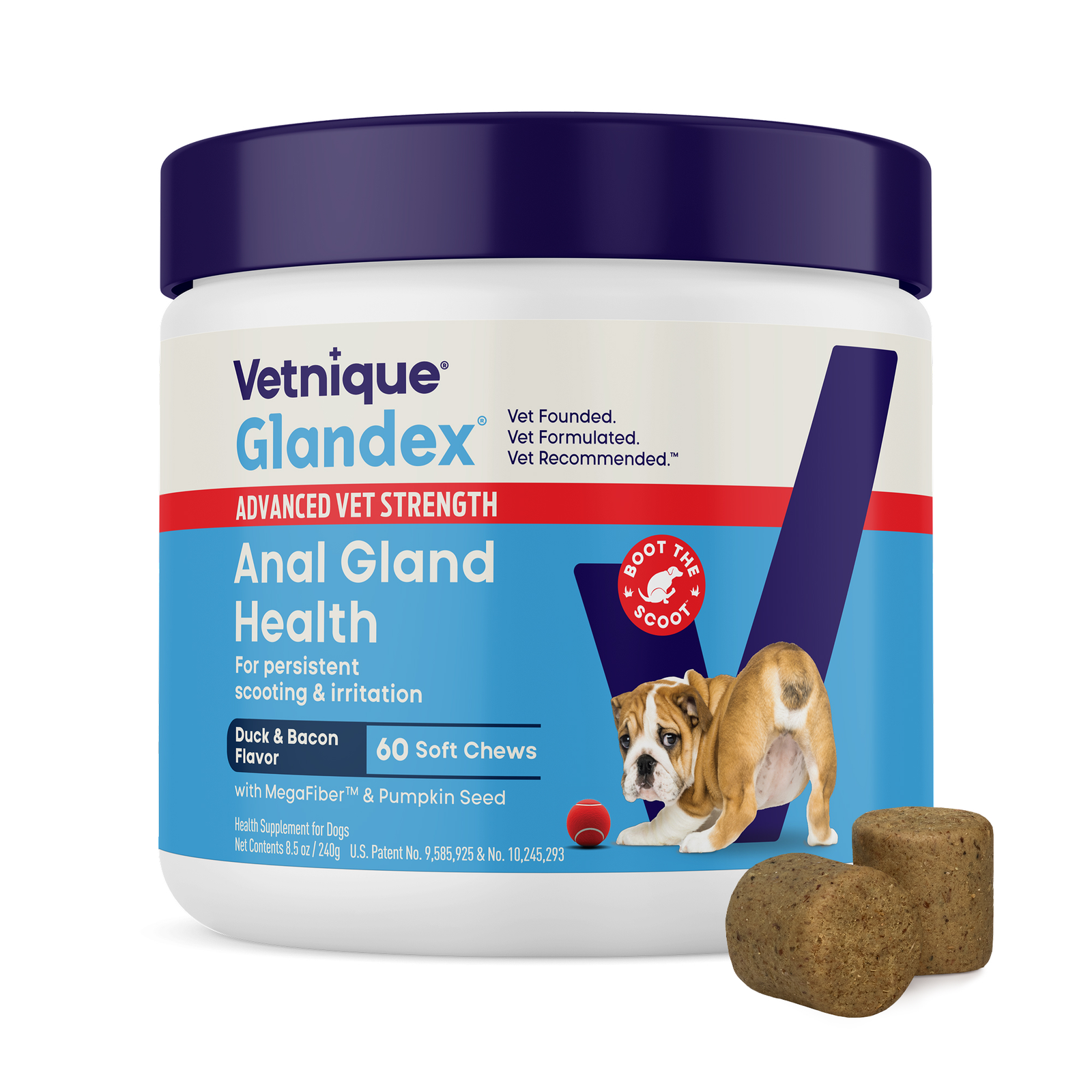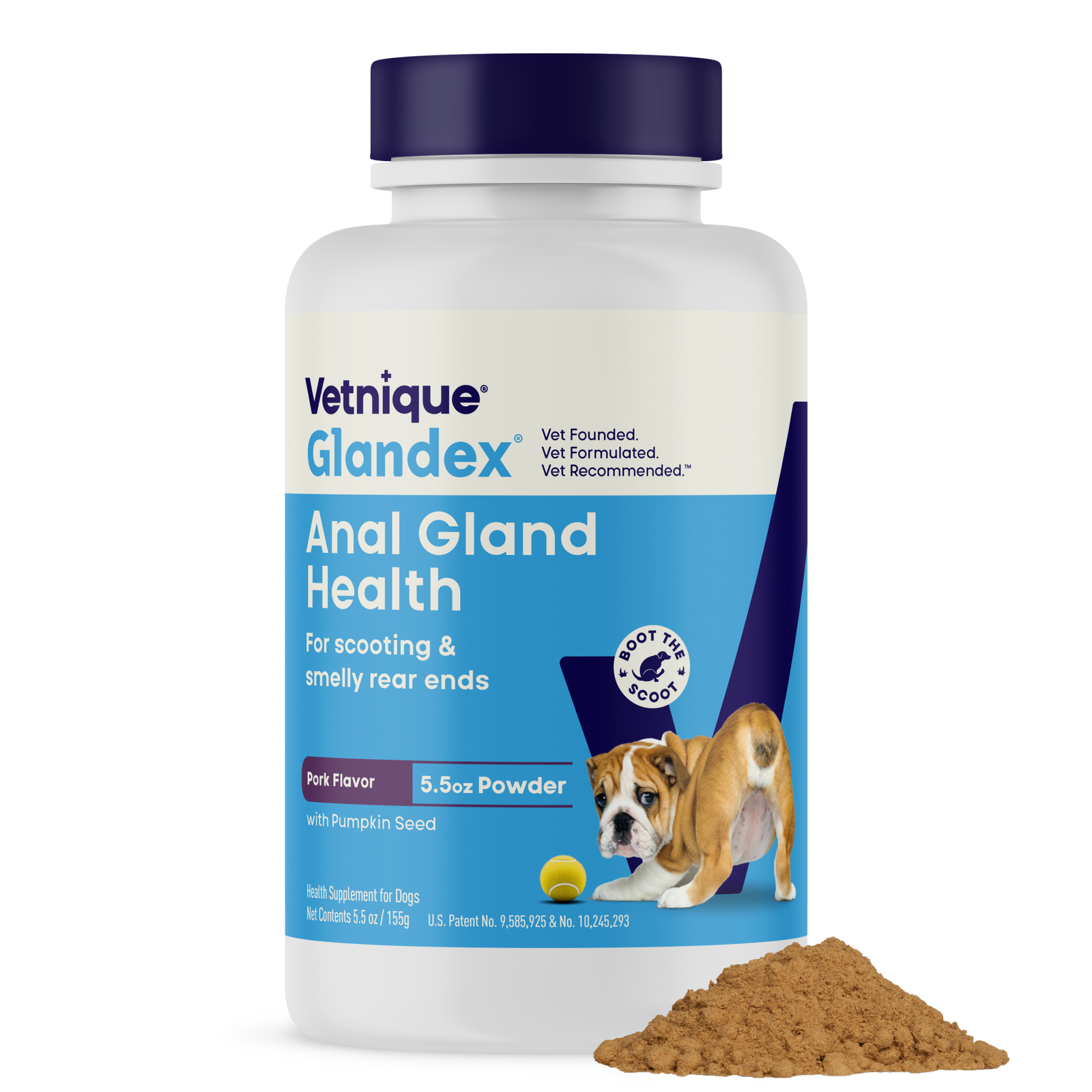Dog Shedding Season: 6 Vet Tips for Dog Molting
Vet Verified
WRITTEN BY DR. JOYA GRIFFIN

Dog shedding season is a hot topic with pet parents (and veterinary clinics) this time of year.
Shedding is a natural process for dogs, helping them shed their old fur to make way for new growth––but that doesn’t make shedding any less overwhelming! It can lead to health concerns and questions about how to manage your dog’s shedding.
In this guide, we'll delve into what dog shedding season entails and provide six essential tips to help you navigate this furry phase with ease.
What is dog shedding season?
Dog shedding season is a natural phenomenon that occurs as a result of changes in daylight hours and temperature. It’s most noticeable during the transition from colder winter months to warmer spring and summer months, although some dogs may also experience a secondary dog molting season during the fall.
The shedding process is triggered by hormonal changes in the dog's body, specifically related to the growth and shedding cycles of their fur.
During dog shedding season, dogs typically shed their old or damaged fur to make way for new growth. This shedding is more pronounced in certain breeds, particularly those with double coats designed for insulation in colder climates. Breeds like German Shepherds, Labrador Retrievers, and Collies often experience more significant shedding during dog molting season due to their thick, insulating fur.
Do all dogs go through shedding season?
Yes, all dogs go through some form of shedding, although the timing and intensity can vary widely. Factors such as breed, age, health, and environmental conditions play a role in answering the question: “When is shedding season for dogs?” They can also dictate how pronounced the shedding will be. For example, puppies may experience a more gradual shedding process as they transition from their puppy coat to their adult coat, while older dogs may have more irregular shedding patterns due to changes in hormone levels.
Seasonal changes can also influence dog shedding season, with some dogs shedding more prominently in response to temperature fluctuations and daylight hours. Breeds adapted to colder climates may shed heavily in spring to prepare for warmer weather, while breeds suited to warmer climates may have a more consistent shedding pattern throughout the year. Understanding your dog's shedding patterns and when your dog sheds the most can help you anticipate and manage dog shedding season effectively.
Vet Tip
“Normal shedding should never lead to bald or alopecic patches. If you’re noticing your dog experiencing this symptom, consult your veterinarian as this could be linked to a medical condition.”
Dr. Joya Griffin, Veterinarian & Board Certified Dermatologist
6 tips for managing dog shedding season
Managing dog shedding season effectively requires a proactive approach to grooming and care. Here are six essential tips to help you navigate dog shedding at home:
1. Identify When Dog Shedding Season Is For Your Pup


2. Provide Proper Nutrition & Hygiene
3. Regular Brushing


4. regular baths & cleaning
5. Provide Skin & Coat Supplements


6. Use a Dog Deshedding Tool
Dog shedding season vs. regular shedding
It's essential to distinguish between dog shedding season and regular shedding to understand your pet's grooming needs better. While dog molting season may involve more intense shedding, regular grooming practices should be maintained year-round to keep your dog's coat healthy and manageable. By following these vet-approved tips and being attentive to your dog's needs, you can confidently navigate dog shedding season and keep your furry friend looking and feeling their best.
In conclusion, dog shedding season is a natural phase that all dogs experience, but with the right approach, it can be managed effectively. By incorporating proper nutrition, grooming, and hygiene practices, along with the use of dog de-shedding tools and supplements, you can minimize the impact of when dogs shed the most and ensure a healthy, shiny coat for your canine companion throughout the shedding season.
















